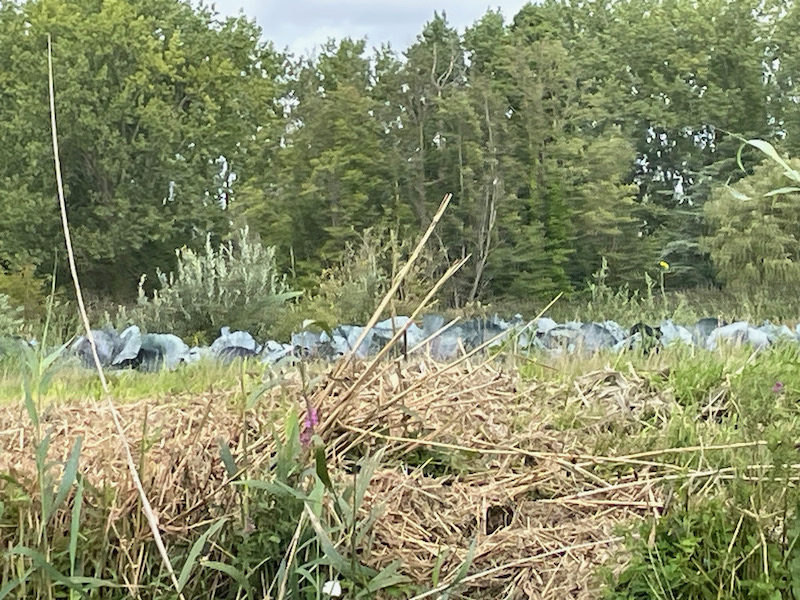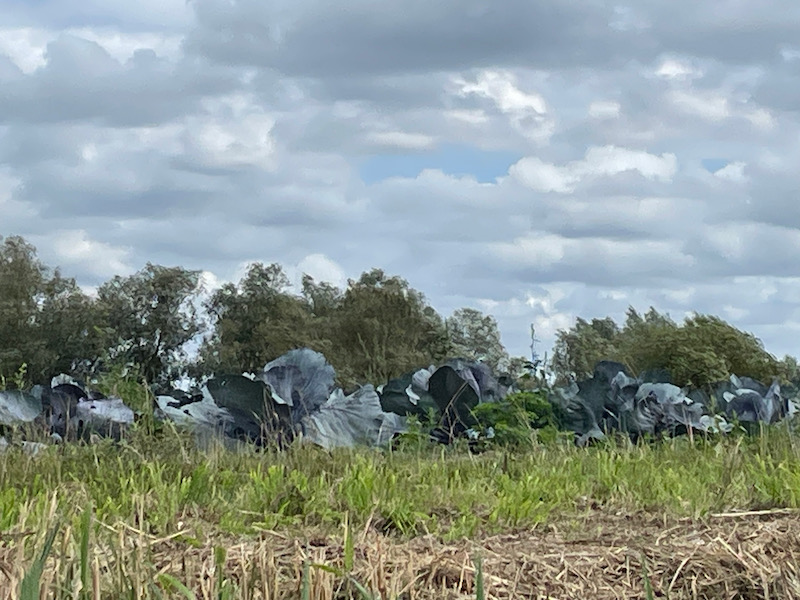Our Blog - Summer 2024 Trip - Boat trip in a bacôve - Saint-Omer, France
The marsh just outside of Saint-Omer is called the Audomarois marsh. This labyrinth of land and water, extending over 3,700 hectares (37 km2), includes 700 kilometers of waterways, 170 of which are navigable. It is a natural basin and with the exception of a few hundred hectares, the marsh is mainly private land, divided into more than 13,000 plots belonging to around 5,000 owners. In addition to houses and meadows for cows and sheep, around 750 hectares are dedicated to growing crops. The guide mentioned that, since there has to be work done to keep the marsh clean and navigable, each of the property owners has to pay a certain amount for the upkeep and maintenance.
Since this is a marsh, you needed a special boat to transport goods, like stones, wood, and of course, cauliflower! The market gardeners of Saint-Omer set their sights on this typical boat from the beginning of the 19th century with the rise of cauliflower farming. These aren't huge boats, but larger than what a family would use for their own transportation. A farmer could transport nearly 3 1/2 tons of cauliflower with a bacôve, at a time when it was impossible to transport over land.
As we went through the marshes, you could see smaller "personal" and "family" wooden boats as well. If maintained, they last on average 40 years. The bacôves are made by hand in a workshop nearby. The structure is made up of 18 oak ribs. Eight of them are reinforced by an iron bracket. The boat is 9.5 meters long and, for tourism, carries 12 people and a driver/guide. The smaller "personal" boats are called "escute" and they come in 6 different sizes based on how many people you need to transport.
Well, back to our boat trip ... dogs were allowed, and Lucy hopped right onboard.
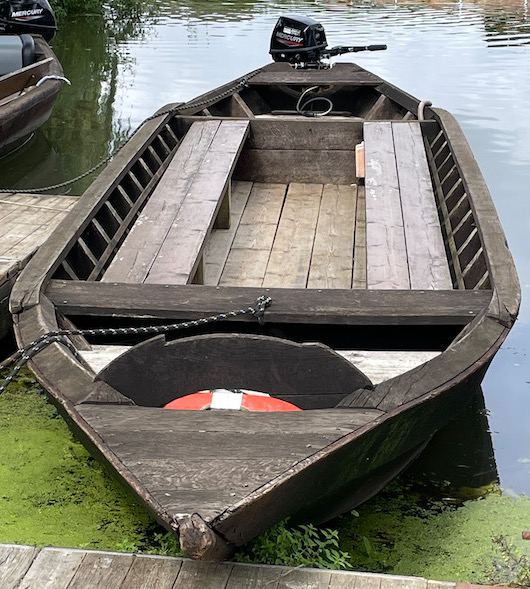


The trip was around 90 minutes and we went through a bunch of waterways. People can rent their own boats and navigate through the marsh with their own map if they want. We went through a couple group of ducks and geese, and one small group of swans.

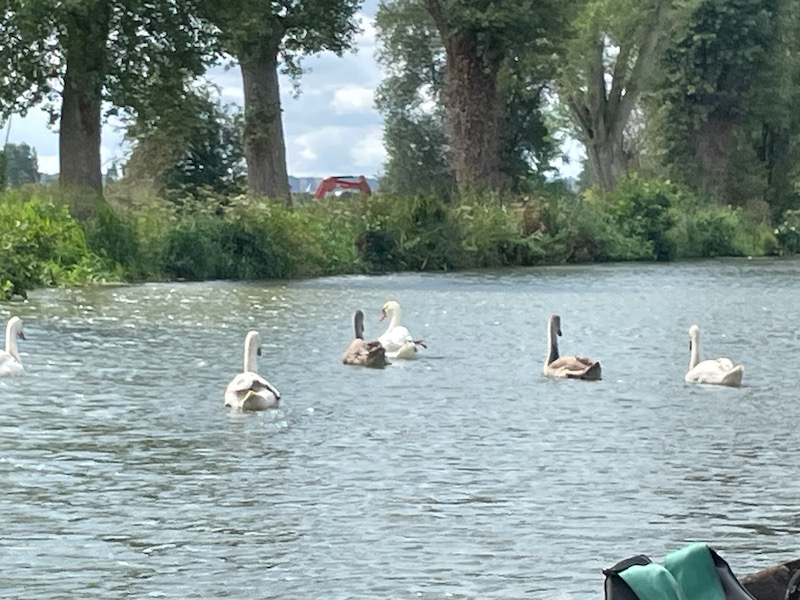
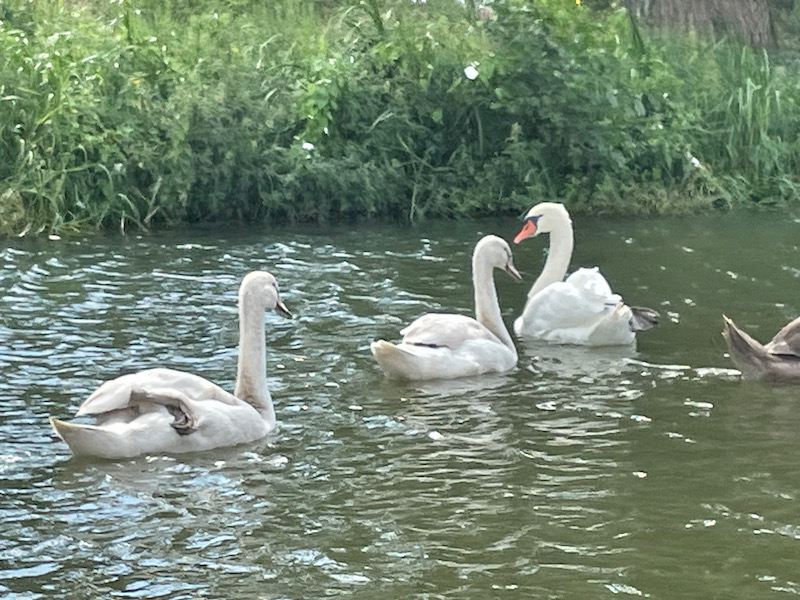
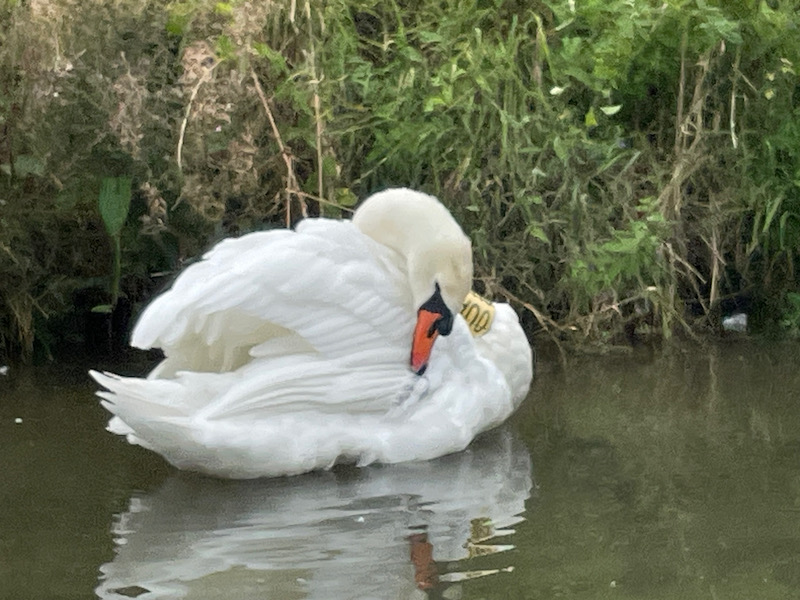
A few general pictures of the marsh itself. You can see how, in some places, the waterway weaves through houses.
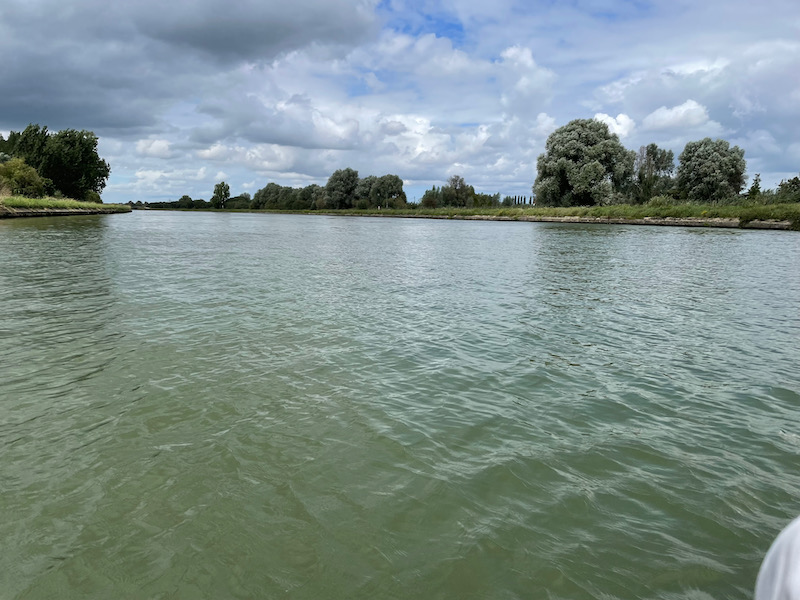
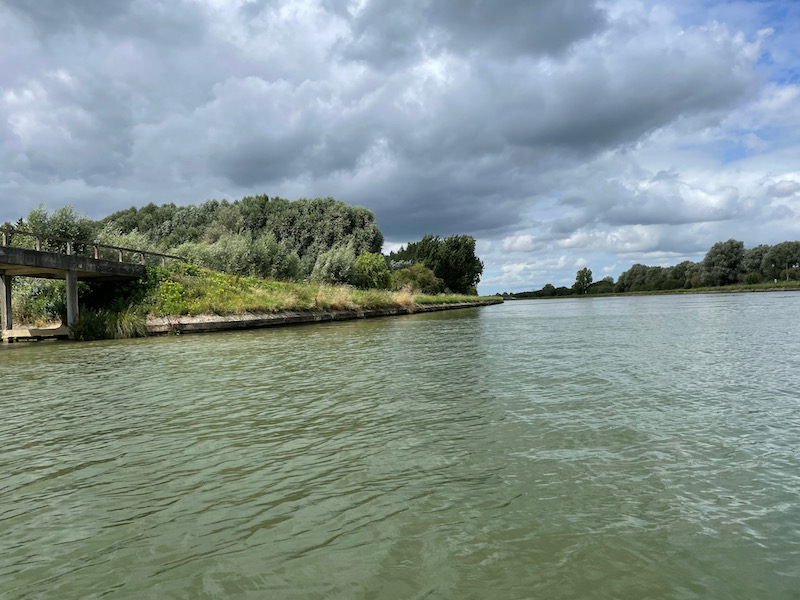
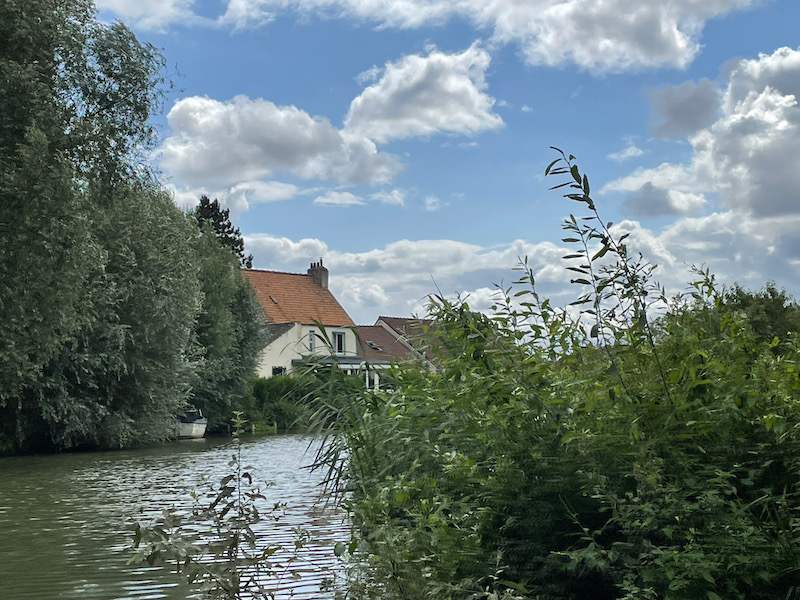
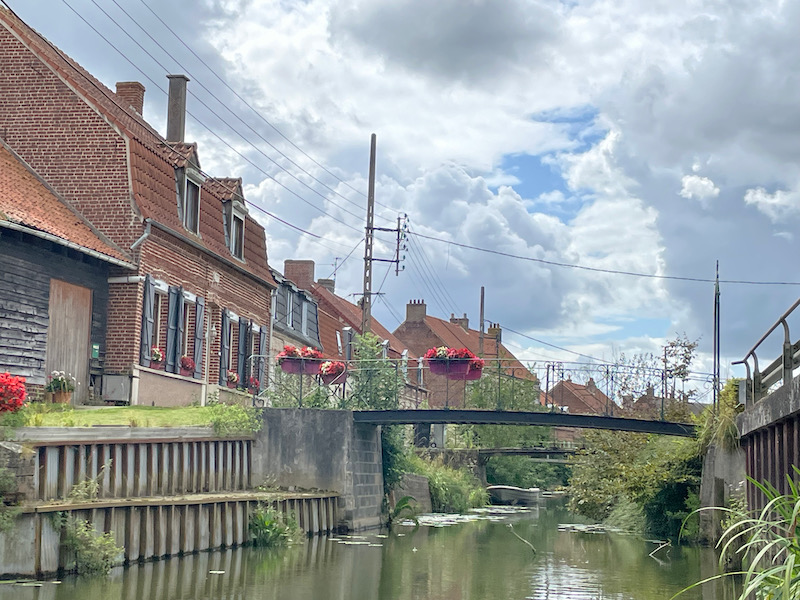
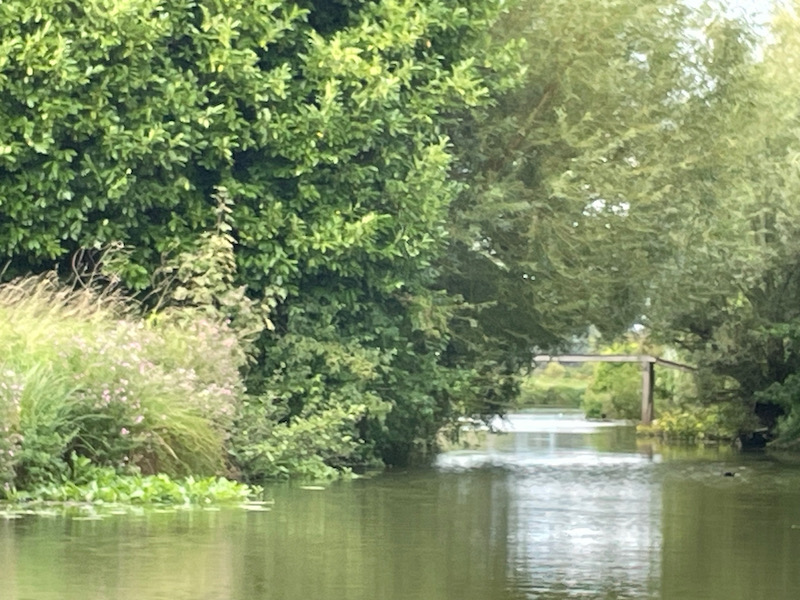
Lets talk a little about crops ... the land here is, well, marshy. Not everything grows well here. There are around 50 different vegetables that grow here, including cauliflower and winter endive, cabbage, celery root, artichokes, and carrots. Cauliflower is one of the vegetables that do extremely well here and some farmers actually split the year into 3 chunks: early (Spring) cauliflower, late (Fall) cauliflower, and then endive over the winter. Some just alternate summer and winter with cauliflower and endive. The pictures aren't good, mainly because I was lower than the level of the land and I wasn't going to stand up in the boat. Hopefully you can see the cabbage and cauliflower plants there. Summer cauliflower is harvested in July and August (when we were there) but normally only in the morning when it is cooler.
